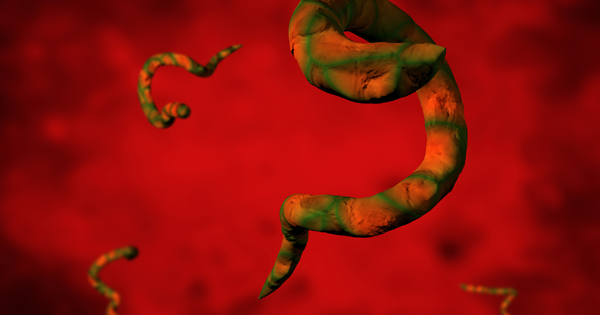Advertisement
When Luiz Ortiz, a 26-year-old student in Napa, California, began experiencing frequent headaches and nausea, he shook it off as just migraines, or maybe heatstroke from an especially hot summer.
But after about a month of excruciating pain, he got a headache that took it all out of him. He got dizzy, disorientated, and began to vomit. His mother, concerned, took him to the hospital.
There, he only got worse, and passed out.
That’s when doctors discovered something shocking—he had a tapeworm larva in his brain.
If his mother hadn’t taken him to the hospital, he would have died within half an hour.
He needed immediate surgery to get the tapeworm out if he had any hope of survival.
The larva had created a cyst in the brain, that stemmed the flow of water to different chambers in the brain. Neurosurgeon Dr. Soren Singel described it as “like a cork in a bottle.”
The tapeworm was removed by Dr. Singel using a neuro-endoscope. The worm was 1.16 of an inch, and “was still wriggling” when they pulled it out.
“We made a hole in skull bone over the eyebrow and drove the camera into the center of the brain and fished out the cyst and the worm,” said Dr. Singel.
Thankfully, Ortiz did not have any actual tapeworms. Dr. Singel speculates that the larvae was eaten along with some unwashed or undercooked food—like salad or pork.
The condition of having a tapeworm in your brain is called cysticercosis, and it’s most often found in patients returning from travels in South and Central America. Sometimes, it takes years for the problem to appear.
As for Ortiz, he’s recovering slowly. He was shocked by seeing the tapeworm, and said, “I was like, ‘That came out of me?’ It looked pretty gross.”
He’s had to drop out of college to recover, and has moved home with his parents to recuperate.
“My memory is a work in progress. It gets better from therapy,” says Ortiz. Speedy recovery, Luiz!




